From now until 5:00 p.m. on July 28, candidates only have a few days to calculate their major and school choices, and begin their journey of independence in preparing to build a career for the future after 12 years of studying. However, the "innovation" of the Ministry of Education and Training in converting high school transcript scores and scores of separate exams (ability assessment, thinking assessment, specialized ability assessment, V-SAT...) to a 30-point scale (combination of 3 subjects for admission) when considering university admission has not only confused candidates, parents, admissions experts, but also universities and colleges.
Why did this situation happen? In fact, last March, when the Ministry of Education and Training informed about the regulations on score conversion, there were many opinions and analyses about the unreasonableness, but the Ministry of Education and Training did not provide a common formula for schools to use as a basis. That is why, currently, although the same score of the Hanoi National University's competency assessment exam is converted to a 30-point scale in different schools.
Even more confusing, the organizing unit, Hanoi National University, came up with a conversion formula with results that differed by several points compared to other schools. Although the Ministry of Education and Training required this calculation to be “public and transparent”, the candidates were completely incomprehensible about the different results!
The 2025 high school graduation exam has two main subjects: Math and Literature, and two elective subjects from the subjects of the new General Education Program including: Physics, Chemistry, Biology, History, Geography, Economic and Legal Education, Information Technology, English, Technology. This makes the number of university admission combinations in 2025 quite large and diverse (some schools have up to 30-40 combinations; in 2024 there are usually 4 combinations), some schools allow candidates to choose subjects for the admission combination.
However, the Ministry of Education and Training only published the percentile table of 7 combinations for schools to use as a basis for conversion, including: A00 (Math, Physics, Chemistry), A01 (Math, Physics, English), B00 (Math, Chemistry, Biology), C00 (Literature, History, Geography), D01 (Math, Literature, English), C01 (Math, Physics, Literature), D07 (Math, Chemistry, English). So what do schools that use dozens of combinations other than the 7 combinations with data from the Ministry of Education and Training or candidates using other combinations use as a basis for calculating and converting (!?).
This not only makes it difficult for schools but also seriously affects the rights of candidates. So what are the "dark spots" of the conversion outside the 7 combinations above to make it public and transparent to candidates and who is responsible when candidates complain?
According to experts, high school transcript scores account for 50% of a candidate's graduation score; separate exams organized by each school have different scoring scales (some schools have a 1,200-point scale, some have a 150-point scale...) and have different exam structures (even though they are knowledge-synthesis tests); the 2025 high school graduation exam is a subject-by-subject exam.
So converting to a 30-point scale based on the 2025 high school graduation exam scores is completely unconvincing. The sampling method is not uniform to produce a common result, and then the basis for deciding the passing or failing results of each candidate in the fierce competition for university entrance is a completely unconvincing problem.
Innovation in any field is necessary, but the ultimate goal of innovation is to bring practical values, facilitate the subjects and all must be public, transparent, and ensure fairness. University and college admissions are fiercely competitive, the difference between passing and failing is only 0.01 points. Therefore, the introduction of a new regulation that has not created consensus, is not convincing and is creating complexity and confusion for the admission process needs to be quickly resolved by the Ministry of Education and Training to ensure the rights of hundreds of thousands of candidates.
Source: https://www.sggp.org.vn/dat-quyen-loi-thi-sinh-len-hang-dau-post805322.html


![[Photo] The 1st Congress of Phu Tho Provincial Party Committee, term 2025-2030](https://vphoto.vietnam.vn/thumb/1200x675/vietnam/resource/IMAGE/2025/9/30/1507da06216649bba8a1ce6251816820)
![[Photo] Panorama of the cable-stayed bridge, the final bottleneck of the Ben Luc-Long Thanh expressway](https://vphoto.vietnam.vn/thumb/1200x675/vietnam/resource/IMAGE/2025/9/30/391fdf21025541d6b2f092e49a17243f)



![[Photo] President Luong Cuong receives President of the Cuban National Assembly Esteban Lazo Hernandez](https://vphoto.vietnam.vn/thumb/1200x675/vietnam/resource/IMAGE/2025/9/30/4d38932911c24f6ea1936252bd5427fa)














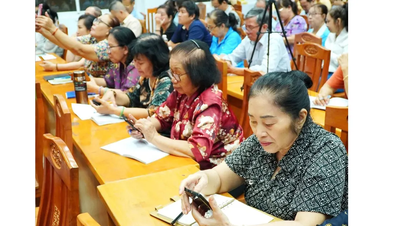












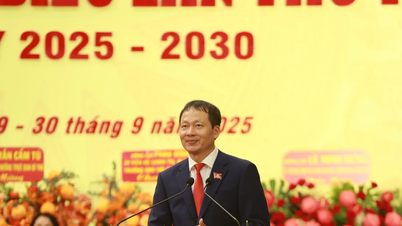
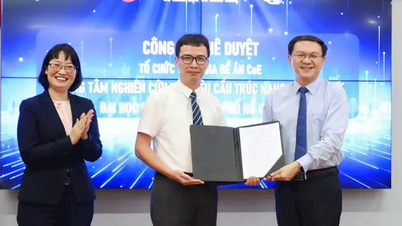

![[Photo] Solemn opening of the 12th Military Party Congress for the 2025-2030 term](https://vphoto.vietnam.vn/thumb/1200x675/vietnam/resource/IMAGE/2025/9/30/2cd383b3130d41a1a4b5ace0d5eb989d)













































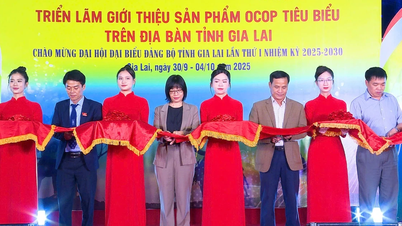



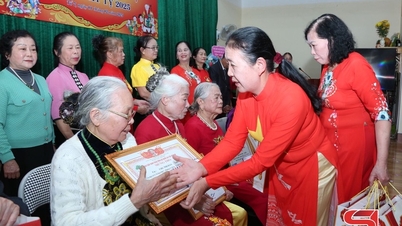















Comment (0)